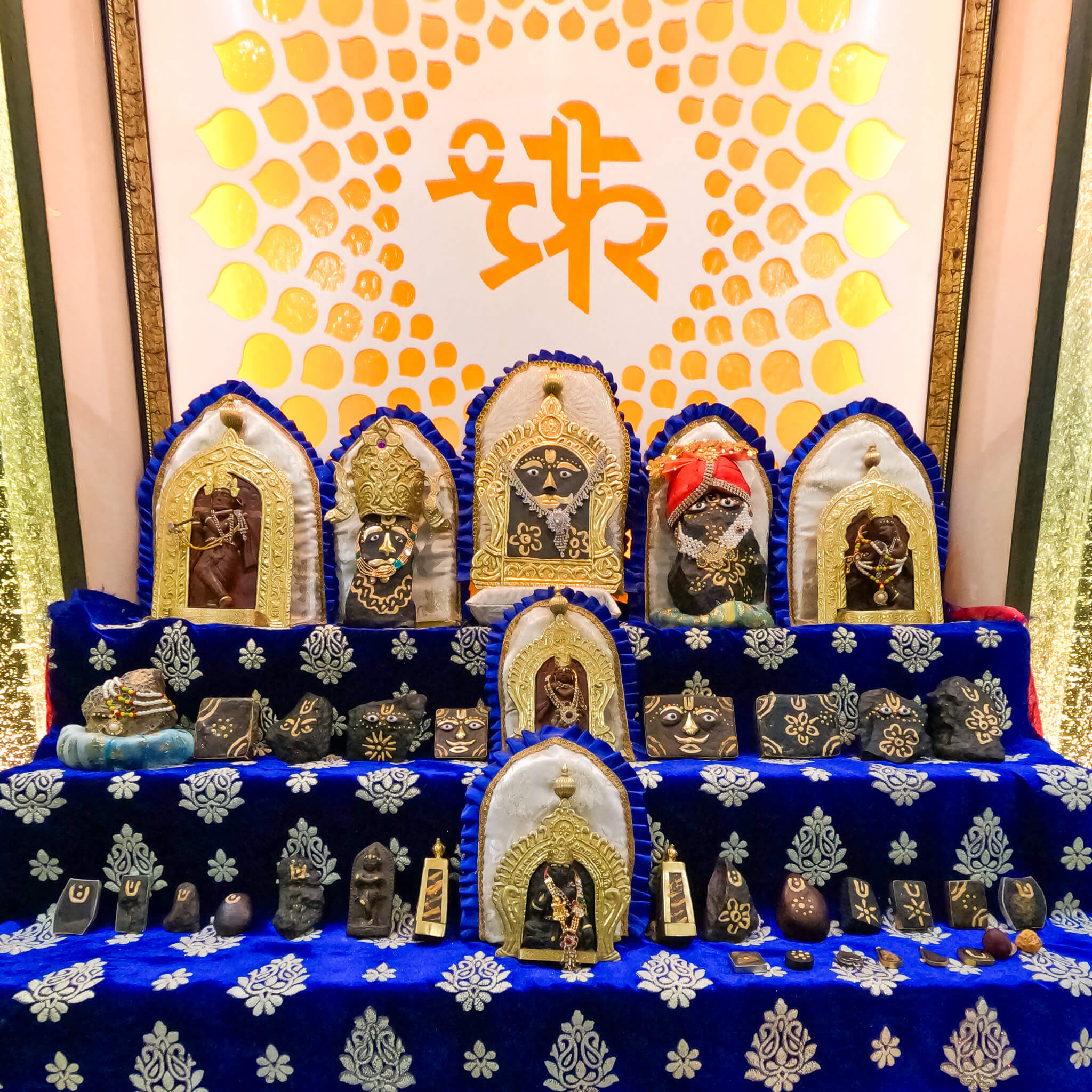In countless Indian households, especially in Maharashtra, the morning once began with a humble, beautiful act- the drawing of a rangoli at the doorstep. Among the many traditional designs, one held deeper spiritual significance: the Chaitrangan rangoli.
Crafted with hand-ground powders and depicting sacred symbols, these rangolis were more than decoration, they were offerings of devotion, protectors of the threshold, and cultural expressions passed from one generation to the next.
Today, those doorsteps are often bare.
What Is Chaitrangan Rangoli?
Chaitrangan refers to a sacred form of rangoli created during the Hindu month of Chaitra, particularly on Chaitra Shukla Panchami, when Chaitri Gauri is welcomed into homes.
This form of rangoli typically includes 51 to 64 symbolic motifs, such as:
-
Sun, Moon, Swastik, Kalash, Gudi, Tulsi, Shankh, Trishul, Padma, etc.
-
Divine symbols of prosperity, protection, wisdom, and fertility
These symbols are drawn using white rangoli powder or natural colors, each with ritual significance, forming a sacred threshold through which divine energy is believed to enter.
Why Are Chaitrangan Rangolis Disappearing?
While the tradition lives on in some r ural homes and elder-led households, it’s vanishing fast from cities. The reasons are many:
ural homes and elder-led households, it’s vanishing fast from cities. The reasons are many:
-
Busy lifestyles: With both parents working and less time for daily rituals, the rangoli becomes optional and eventually forgotten.
-
Ready made stickers & stencils: Convenient, but devoid of the spiritual energy and meditative connection of hand-drawn designs.
-
Urbanization: Many flats and apartments lack the traditional threshold space for daily rangoli.
-
Digital distractions: New generations often miss out on the cultural transmission that once occurred naturally at home.
Why This Tradition Still Matters
Despite modern constraints, Chaitrangan rangolis hold timeless value and relevance:
Spiritual Significance: Each symbol invites divine presence, peace, and protection into the home.
Positive Energy: Sacred geometry and colors are believed to purify the space and attract prosperity.
Cultural Bonding: Teaching rangoli to children or drawing with elders fosters intergenerational learning.
Mindful Art Practice: Drawing by hand develops focus, patience, and joy especially in a world of screens and noise.
Sacred Feminine Energy: Especially in Chaitra, drawing these motifs invokes the blessings of Chaitri Gauri and Goddess Lakshmi.
A Modern Revival: Keeping Chaitrangan Alive
It’s time to make space literally and figuratively for rangoli again.
Here’s how we can bring Chaitrangan back into our lives:
Start small – One symbol a day. Even a simple lotus or swastika begins the habit.
Host workshops – In schools, societies, temples — let children rediscover this devotional art.
Use natural materials – Colored sand, flower petals, and eco-friendly material sgive rangoli an organic feel.
Go digital with intention – Share your creations on Instagram. Celebrate your #Chaitrangan each day of Chaitra.
Chitrashila’s Contribution: Sacred Rangolis, Made Easy
If time or skill is a challenge, don’t let that stop your devotion.
Chitrashila offers a beautiful solution ready-made Chaitrangan Rangolis created with care, precision, and traditional accuracy. Choose from a wide variety of symbols and layouts, perfect for:
-
Daily doorstep sanctification
-
Chaitra Navratri and other festival celebrations
-
Home decorations and temple rituals
Let devotion meet ease bring home the blessings with Chitrashila Chaitrangan Rangolis.




Leave a comment
This site is protected by hCaptcha and the hCaptcha Privacy Policy and Terms of Service apply.